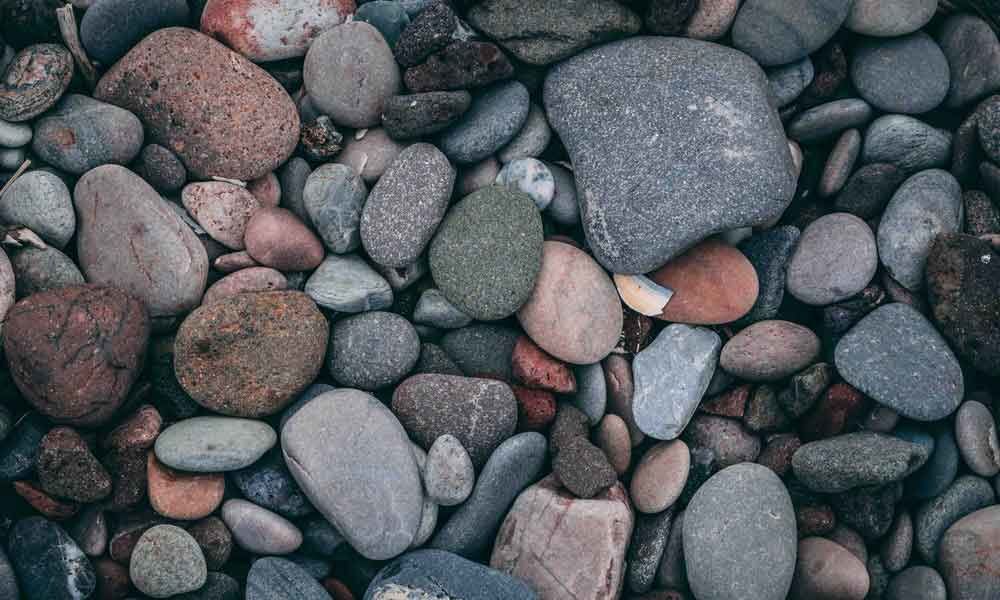Live
- North Korea's Kim attends New Year celebrations in Pyongyang
- PL mid-season report: Liverpool with one hand on title, Arsenal’s diminishing hopes & Man Utd’s ‘relegation battle’
- Yemen's Houthis claim downing US drone
- BRS Leader Krishank Responds to Dil Raju’s Comments
- Komaram Bheem: Forest Officials Capture c That Terrorized Villages
- Government Plans Metro Expansion in Hyderabad North City
- M&M 11th most valuable automobile manufacturer in world: Anand Mahindra
- Allegations politically motivated: Siddaramaiah on calls for Priyank Kharge's resignation
- Indian stock market ends on positive note on the first day of 2025
- Cheers! Kerala tipplers gulp down liquor worth Rs 108 crore on New Year's Eve









